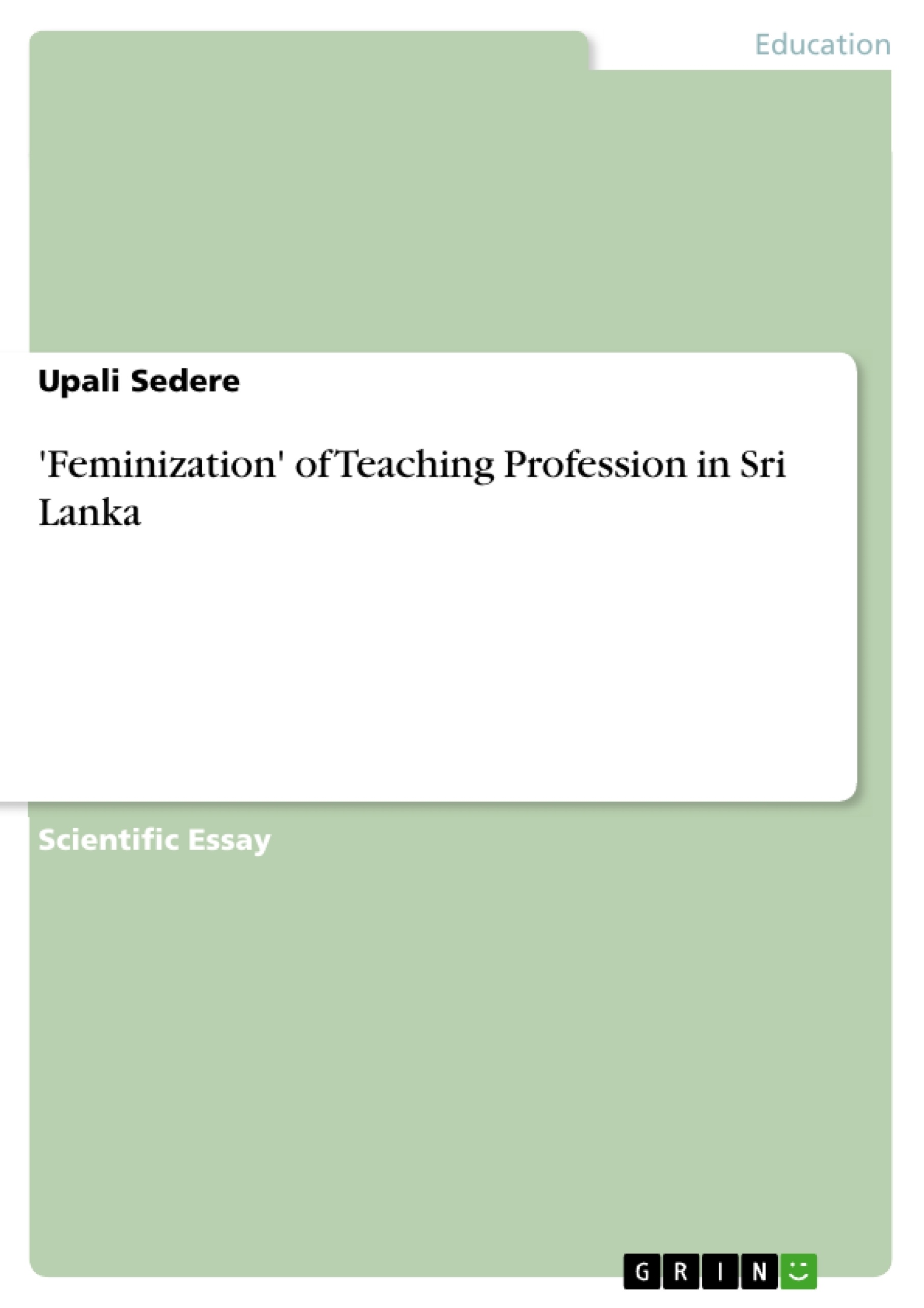Krieg (2005) in his review of impact of teacher gender on student gender states that while a large body of research focuses on the gender of students, less research explores the impacts of a teacher's gender on students (Hopf & Hatzichristou 1999 ). Evidence suggests that male teachers tend to be more authoritative whereas female teachers tend to be more supportive and expressive (Meece, 1987 ). A survey of 20 teachers indicates that male teachers are likely to select a more aggressive disciplinary approach toward boys while teachers of either gender tended to ignore boys' disruptive behavior than that of girls when the behavior was not aggressive (Rodriguez, 2002). Krieg (2005) further reveals that researchers have found that teachers interact differently with students of similar gender than they do with students of opposite gender Einarsson, C., & Granström, K. (2002 ) This includes evidence suggesting disciplinary procedures and proclivity to discipline vary by both student and teacher gender. Likewise, a teacher’s perception of student characteristics and abilities appear to systematically vary by gender. Other studies find male students benefit at the expense of female students in the amount and quality of interaction received from teachers of both genders. What has yet to be determined is how these differences in discipline, perceptions of student ability, and interactions between student and teacher influence student outcomes as measured by standardized exams.
CONTENT.
Effect of Gender of Teacher on Students:
Background of the Status of Women in Sri Lanka:
The System of Education in Sri Lanka:
Feminisation Of The Teaching Profession In South Asia
Methodology:
Feminization Of Teaching Profession In Sri Lanka
A. Feminization Across Sectors Of Education
B. Differences Between Rural And Urban Areas:
C. Differing Levels Of Gender Representation In Leadership And Management Positions:
D. Differing Levels Between Government, Private And Community/NGO Schools:
E. Differences Between Regions Or Low, Middle And High Income Countries:
F. Any Correlation Between Access, Retention Or Attainment Of Students And “Feminization” Of The Teaching Profession:
Feminization Of Teaching Is Related To Sexual And Class Divisions In Society;
Discussion
Comparative Advantages:
Family Friendliness in Teaching:
Equal Opportunity and Gender Parity:
The Real Impact of Feminazation is Not Known



